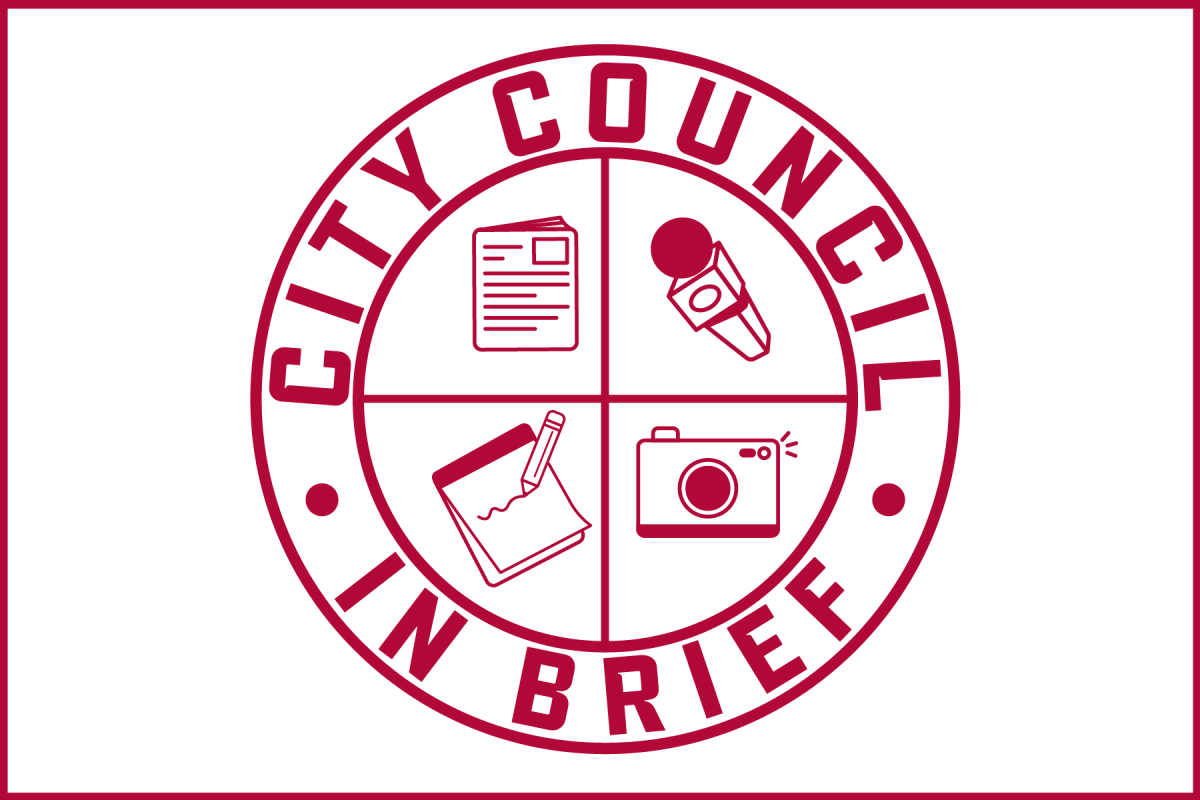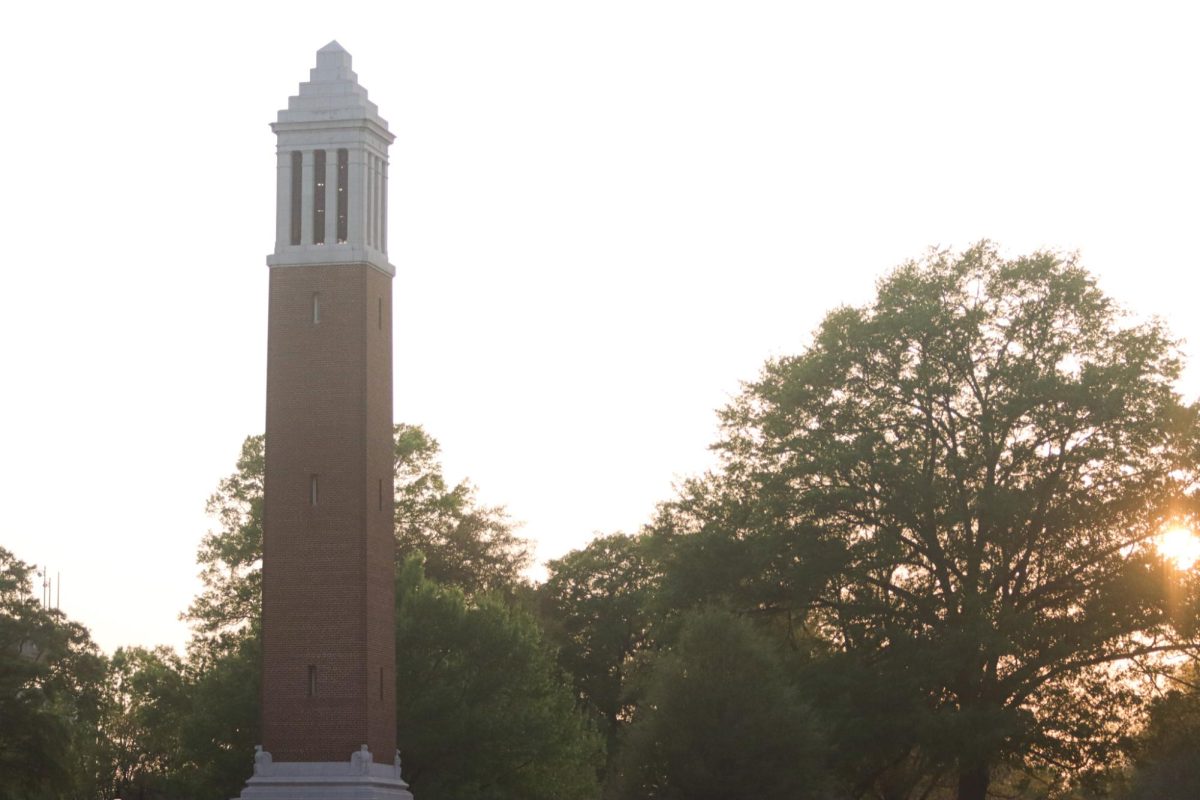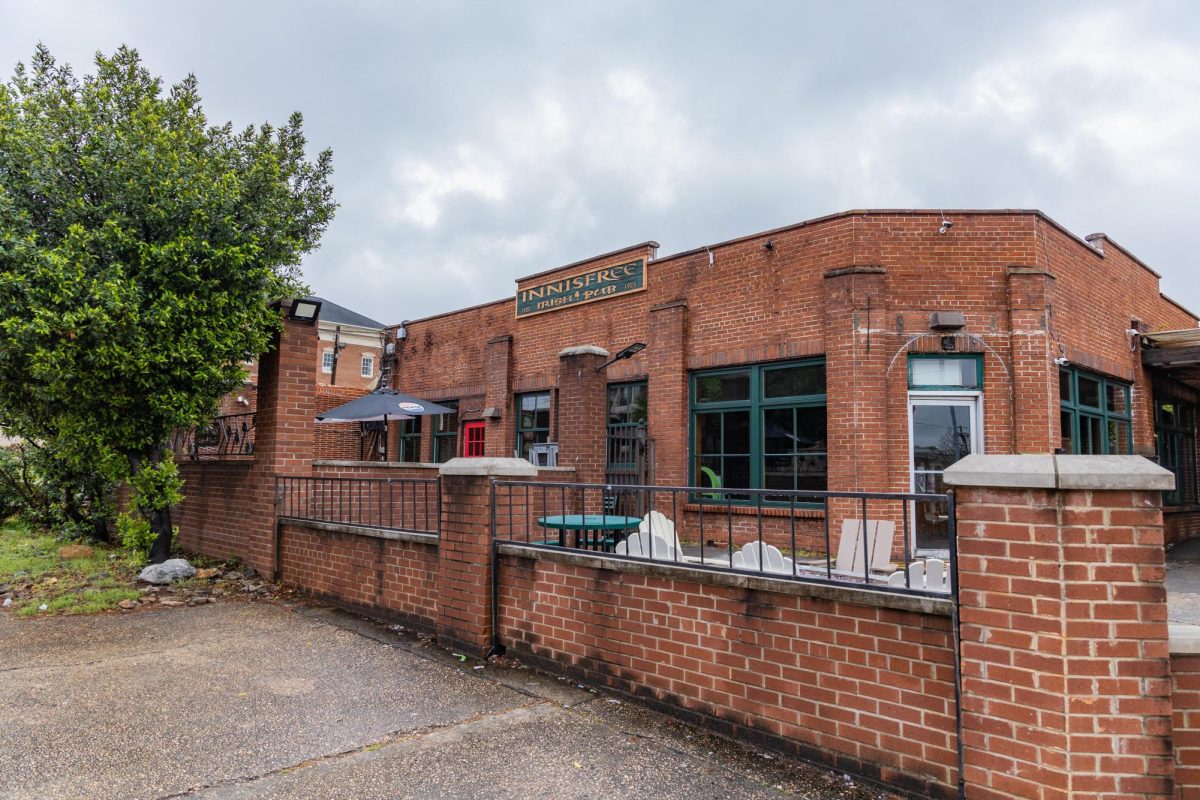More than a year after the Board of Trustees approved a measure to expand and renovate Gorgas Library, The University of Alabama is finally beginning the project.
Dan Wolfe, UA planner and designer, expressed excitement over the project to have both the opportunity to expand the main library and to redesign the north face of the building.
“A number of years ago there was an addition which doesn’t fit with the rest of campus and the new addition is going to meld better with the surrounding architecture. It will also help cover up the old addition, which is decidedly a different style than the rest of campus,” Wolfe said.“There is definitely a need for additional space in the library and there was programming done with the library that assisted with figuring out how much extra room Gorgas would need.”
Wolfe said the project was still in an early stage but is currently planned to add an additional 50,000 square feet to the library and will be built on the northern Capstone Drive entrance. Only the architects, TurnerBatson Architects out of Birmingham, Ala., have been chosen for the project.
“We haven’t gotten to a bid yet so we do not know who the contractor will be,” he said.
Dave Reese, a principal architect at TurnerBatson, said the firm is dedicated to the project and will work to maintain the history of both the building and the architectural style itself.
“We are very excited about working with The University of Alabama but haven’t had a chance to hear their input yet and do not currently have any designs,” Reese said. “We are planning on incorporating the design of the surrounding building and the library itself. We plan on having the back look as good as the front and complimenting the rest of the campus’s architecture and design.”
Mary Bess Paluzzi, the associate dean for special collections with the University Libraries, said that the major outcome of the addition is the movement of the W.S. Hoole Collection to Gorgas Library.
“A significant outcome of the Gorgas project will be the move of the Hoole Collection to the Gorgas Library. The Hoole Collection will be housed with the A.S. Williams Americana Collection in the heart of campus, the Amelia Gayle Gorgas Library,” Paluzzi said in an emailed statement. “The unique research sources of University Libraries will be centrally located for the convenience of students and faculty.”
Tom Land, an institutional records analyst with the University Libraries, went into more detail about the movement of Hoole to Gorgas Library.
“We will actually remain in Mary Bryant Harmon Hall but much of the Hoole Collection will be moving to Gorgas Library. The things remaining will be more legally restricted and require departmental approval to access, such as student records, medical records, Congressional documents, and other government documents,” he said. “The things which will be moving are less restrictive such as photos, music sheets, and rare books.”
According to “The University of Alabama A Pictorial History” by Suzanne Wolfe, which was published in 1983, and “A Guide to Campus” by Robert Mellown, which was published in 1988, Gorgas Library was constructed in part by funds obtained by Chancellor Denny and President Richard Clarke Foster from the Public Works Administration.
The building was constructed in 1939, with 45 percent of the cost furnished by the P.W.A. The original design was done by the architectural firm Miller, Martin, and Lewis.
By the 1960s the collections had outgrown the original building. Instead of building a new location, the old building was enlarged by additional stories and expanding it in the rear to the edge of Capstone Drive, in a decidedly different architectural style.
By the 1970s the original plans for the separate undergraduate and graduate libraries were abandoned and the ground floor northern entrance had become the primary entrance to the building.
In 1993 the W.S. Hoole Special Collections library was moved from the fourth floor of Gorgas Library to Mary Harmon Bryant Hall, where it is now located, Land said.
“We were originally in an attic on one of the wings of Gorgas Library,” Land said. “Surprisingly the temperature and humidity ended up being exactly perfect for what we needed to keep the collection well preserved.”








